Archives
Ka-Bar Survival Knife
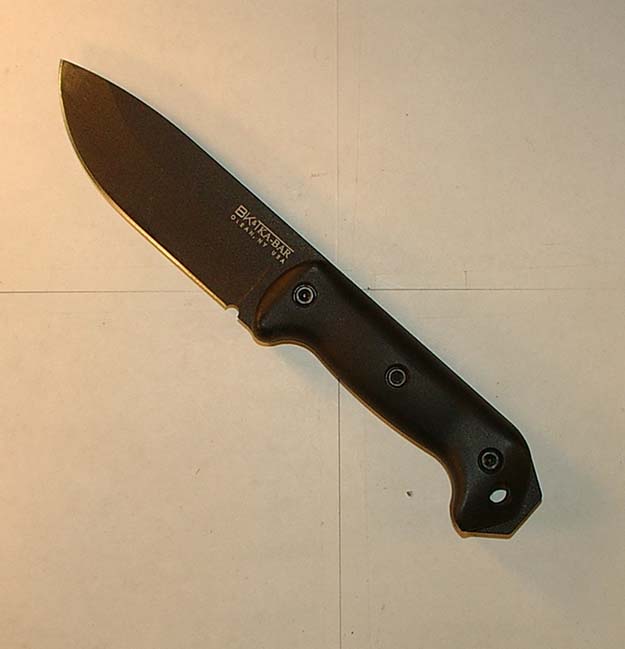
Looking for the best survival knives?
Not sure which survival knife you should buy?
In previous articles, we discussed choosing a fixed blade survival knife (click the images below to read them.)
A knife is one of the more important pieces of equipment you can have with you in a survival situation. As such, a good, survival appropriate, fixed blade knife is your best choice for inclusion in a survival kit or BOB (Bug Out Bag) or equivalent, and/or to be strapped on when an emergency is likely. In this article, we will consider a contender for one of the “Best Survival Knives.”
Best Survival Knives: Ka-Bar BK&T Becker BK-2 (BK-22) “Companion” Fixed Blade Knife
As mentioned in the general articles, there are two classes of fixed blade knife which can be most appropriate for survival scenarios, the “bush” (medium) knife and the “field” (large) knife. This knife belongs to the bush class, sort of. In this particular case, the knife is thick enough and heavy enough that it might be better than many bush knives at chopping, and might not be as good at preparing food or other slicing tasks as some bush knives.
Why did I consider this knife?
Ethan Becker is a famous chef, cookbook author and outdoorsman, who externalized his interest in outdoors knife design through his company called BK&T, or Becker Knife & Tool. His concept of survival knives was that they should be “a sharpened crowbar”. Perhaps the ultimate knife of this philosophy was the Becker Brute. But Ethan decided to close down BK&T. Some of Becker's knife designs were available through Blackjack and then Camillus until they shut down. Some designs are currently licensed to Ka-Bar.
Ka-Bar has been around “forever” (or at least since 1898), and are known for their quality. Their USMC Ka-Bar is one of the icons of knife history. Thus, at least some of the Becker designs live on. But not the Brute, unfortunately.
The BK-2 (BK-22) or “Companion” is like the not-so-little brother of the Brute, and is one of the more enduring models, having been available from Blackjack and Camillus as well as currently from Ka-Bar. The only difference between the BK-2 and the BK-22 is the type of sheath included. To have a knife of this size whose blade is a quarter inch thick is impressive. Since it seemed like it would meet my criteria for a survival knife, I was eager to give it a try. And, serendipitously, I lucked into a good deal on a used BK-2.
Specs
Initial Impressions
- This is a big, heavy knife. My first thought was that if a person planned to have both a field knife and a bush knife, this would not be the top choice, but if a person was going with just a bush knife, this has real potential.
- The grip is very comfortable and secure in all of the useful vertical forward grips as well as the reverse, or “ice pick” grip, and the upside down “FGEU” (Forward Grip Edge Up) or “draw” grip. It is not as comfortable or secure in the sideways grip. The grip panels are fairly smooth, and not as slip resistant as I would like. Wetting my hand with water, and even a bit of vegetable oil, I found the grip to be not as slippery as I feared, but it did slip enough to be of concern. I would definitely look into replacing or enhancing the grips; a task which will be helped considerably by their easy removal.
- The edges of the spine are not noticeably rounded, but they are not at all sharp.
- The blade coating is aesthetically pleasing and does not reflect light.
- The lanyard hole is quite large, but the edges are not rounded, so check your lanyard for wear every so often. Since the hole is through the grip panels, it should be easy and worthwhile to chamfer the edges of the lanyard hole.
- The end of the tang is exposed and flat, perpendicular to the blade, so it might serve as a make-shift hammer.
- Balance is right behind the guard, which is good for many uses, but not optimal for chopping; entirely appropriate for a knife of this class.
- The BK-2 sheath is molded, with retention by way of the grip panels being held by spring tension of the sheath, plus a grip strap. The belt loop is a length of webbing.
- Based on history, specs and appearances, I have high hopes for this knife.
The Steel
1095 Cro-Van is a workhorse Carbon Steel, commonly used for knives because it is easy to shape and heat treat. It's also fairly inexpensive. As such, it is a decent choice; durable except rather susceptible to rusting. The coating should help protect the steel from rust, except for the edge and the logos engraved on the blade, and any place where the coating is worn or scraped away. It would be wise to treat these areas with a rust inhibiter, preferably a dry one, and protect the knife from moisture as much as practical. When it does get wet, dry it off as quickly and thoroughly as possible. Note that since the grips are removable, you should check under them when practical after use. I found goo (water? oil?) under mine after testing.
The knife takes a decent edge, easily. Just a few strokes of my Smith's Pocket Pal got it sharp enough to easily slice paper and a tomato. After fifty slices through cardboard it did not suffer any ability to slice tomatoes and paper. Although it may be possible to get a true “razor” edge on this knife with a top notch sharpening system (the steel is up to it), it appears that this is not practical with a field sharpener (or at least one that I have); investigate this further if this will be a problem for your situation.
To summarize, it appears that the steel has low rust resistance (compensated for somewhat by the blade coating), very high strength (enhanced by the thickness), good edge capability, excellent ease of sharpening, high resistance to chipping and very good edge holding capability.
Evaluation
General tasks
- Cutting cord – This is often necessary during construction of shelter, fishing, sewing and making snares and traps. As the most commonly available to survivalists, I tried fish line and paracord, as well as 3/8″ Manila and 3/4″ Sisal, just because fish line and paracord would seem to be trivial for any knife worth having. Cutting the fish line under tension was no problem, but looping it over the blade to cut was a little more difficult than I expected. Perhaps the line (I use braided rather than monofilament) did not glide freely over the textured blade coating. Cutting paracord was no problem and the Manila cut fairly easily. Cutting the Sisal required a lot of sawing, and from both sides, but was a little easier than with the device in the store which was supposed to be able to cut it. I'll give the knife a passing grade on the Sisal test, although I'd not want to have to do it a lot.
- Making notches in branches – This could be required for shelter construction and making snares or traps, as well as other times. Using this knife, it was a bit tricky. The knife would make the cut ok, but the weight and thickness of the blade tended to make it cut further than I intended with the grain of the wood. On the plus side, the chopping ability helped to make a perpendicular stop cut to prevent this from happening, so the net result was superior to other knives I've tried this with.
- Trimming/Sharpening/smoothing branches – This would be for shelter construction, as well as making arrows, spears, stakes, walking sticks and even bows. The knife did a decent job of this, although the blade thickness seemed to make it a bit harder at smoothing and sharpening than I'm used to, while it was superior for trimming, particularly with the bigger stuff.
- Pounding in stakes – This could be required for making shelters, snares and traps. This knife can do it, but the narrowness of the hammer face (1/4″) means that the odds of missing on a stroke is fairly high, and if that happens, your hand is at risk of damage from the top end of the stake. As for hammering in nails, it was fine for getting one started, for hanging things or attaching the end of a rope. I would not want to rely on it to sink a nail all the way through for construction purposes though. It would take forever, and the odds of missing a stroke and having the nail head dig into the hand would be pretty high.
Firemaking
- Use with a magnesium bar or ferrocerium rod is fine using the edge of the blade; it shaves and sparks well, with no visible damage to the blade. Using the corner of the spine for this to spare the edge is not possible without modifying the spine to have a sharper edge and no coating, which would seem to be of limited practicality.
- To get a spark using “flint and steel”, you are actually “cutting” off particles of the steel with the sharp edge of the flint; the friction of this action causing the steel fragments to glow. The coating prevents access to the steel, so this knife cannot be used for this purpose, unless you remove the coating from part of the spine, and again, this would seem to not be worth the effort.
- Removing bark and scraping the lining was not tried, as the spine edge was not sharp enough, plus had the coating.
- Drilling a hole (for a fire drill) was pretty easy, keeping in mind that the width of the blade makes for a wider hole than you might get with other knives. On the other hand, there is little chance of this tip bending or breaking.
- Batoning for access to tinder or making kindling from logs worked very well. The width of the blade may have made it a little harder to start, but quickly made up for it by splitting quicker, and there appears to be no chance of damaging the blade this way. There were marks in the textured coating after this test, but not deep enough to expose the steel; more like knocking off the tips of the texture.
Food Gathering/Preparation
- Use as a throwing knife – A word to the wise, in a survival situation, don't. If you throw your knife, you may not get it back, or it can be damaged. And learning to throw a knife reliably and accurately takes a lot of practice. If you do want to have that skill, never use your “real” knife to practice with; start with some cheapo throwing knives to learn the basics, then get a knife identical to your actual knife to dedicate to practice. The balance point on this knife is about 57%, compared to 64% for my throwing knives, but I've seen throwing knives balanced at 54%, so it may or may not be possible you could learn to throw this. I could not find a distance it would reliably stick for me. At least, with the thickness of the blade and the good grade of carbon steel, the odds of it breaking or bending or chipping are reduced.
- Use as a spear – Turning your knife into a spear gives you additional reach, although throwing a shaft with a knife lashed to it seems to be quite ineffective, perhaps because the weight of the knife is rather far from the centerline of the shaft. Since the BK-2 grip panels are removable, and there are two large holes in the tang, this knife can fairly easily be lashed to the shaft, but even with the lesser off set from center, it performed very poorly as a thrown spear. Possibly, if you were to notch or split the end of the shaft and lash the knife in-line with the center, it might be more effective. Or it might just be too heavy or too thick. Of course, make sure you include the appropriate Allen key in your kit to allow removal (and reattachment) of the grip panels. Or replace the bolts with standard slotted (stainless) bolts removable by the regular screwdriver in your kit. If it was me, I'd also include a couple of extra bolts and nuts in the kit in case I dropped any, the odds of which for me approaches 100%.
- This chops veggies pretty well, but deep slicing is not as easy due to the blade thickness. It wouldn't be my first choice for skinning or butchering, although it should be superior for hacking or prying through joints of larger game. I suspect it would have a difficult time with the task of fileting.
- Digging for grubs and bait. It is hard to imagine anything which can dull or damage a knife quicker than digging with it, but the thickness of this one should prevent damage to the overall blade, at least. I'm sure the edge will suffer, though, so don't do this unless you have the means to repair the edge with you.
Chopping
- Sticks or fronds – For shelter and other construction, splints and firewood. As expected, the weight of the knife blade did do a better job of chopping than would many bush knives. Not as good as I had hoped, though, since the knife had a tendency to twist in my hand. This was because the thickness of the grip as well as its smoothness made twisting easy. Another reason to replace the grips with ones with less roundness and improved traction. As a quick fix, I wrapped the grip with “grip tape” and that seemed to cure the twisting tendency.
Defense
The blade is a bit short to be exceptional at defense, and the built-in half guard provides essentially no protection for your hand from your opponent, and so-so protection from your hand slipping onto the blade. This is definitely not a fighting knife.
Now, if you use the saber grip, hammer grip or reverse grip, and improve the slip resistance of the grips, it can be used for defense if nothing better is available. However, if you use the side grip, you will likely find this even less suitable for defense (you might be able to make custom grip panels to improve this since the biggest problem with this is at the pommel end). Due to the thickness and width of the blade, it probably will not stab efficiently, and although it should slice well, the deeper the slice, the more effort it will likely take. The textured blade coating may have a negative effect as well.
Sheath(s)
The BK-2 sheath version is a very nice one, Kydex or equivalent, molded to the grips which provides good retention. The belt loop is a nylon strap which bolts to the sheath, and has a grip retention strap mounted to it for even more secure retention. The strap is fastened with an easily fastened snap, and it swivels so you can select which way it opens. The belt loop can be bolted to either side of the sheath, allowing for a left handed carry. The sheath has a number of holes and slots along the edges to facilitate attaching accessories and belt mount systems.
In use, you find that the grip strap is more to keep the sheath from falling over sideways than retention, as the captured grip panels provide very good retention, and the belt loop is too floppy to resist the weight of the grip portion of the knife. There are two eyelets at the bottom of the sheath for a cord or thong to tie around the leg, and you will probably find it necessary to do so. Or replace the belt loop with a custom stiff one of leather or Kydex, or a secure clip like the Tek-Lok. Note that if you replace or modify the grip panels, you will need to maintain the stock shape at the front of the panels so the retention continues to function well. Speaking of which, I've seen an early or modified version of this sheath which provides NO retention; the knife fell out if all you did was hold it upside down. So make sure you get a modern, unmodified sheath, and test the retention before strapping on the knife.
There is a “polyester” sheath available as a $25.00 accessory, or with the knife as model BK-22 for an additional few dollars. This is actually a superior example of the nylon/polyester sheath, with a small, Velcro flapped, pocket on the front and two grip retention straps. The retention straps are closed by snaps, which are more reliable than Velcro, but in this case are harder to fasten. The belt loop is quite good, closed with Velcro and a snap so it can be installed or removed without affecting anything else on the belt. Below the belt loop is a Molle attachment strap. The blade protection sleeve appears to be rugged, and is sewn in, so should not be coming out at inopportune moments. It is well fitted, so there is no rattle. Astonishingly, it was also adequately fitted when the knife was inserted “backwards”, which means this sheath could be effectively used by for a left-handed carry. This sheath also has a pair of holes at the bottom to allow attaching a thong or paracord to tie around the leg if you find it desirable to reduce sheath flop.
Accessories
From Ka-Bar, you can get Zytel/Grivory (stock) grip panels in various colors, micarta grip panels, and the BK-2 molded, BK-22 polyester or a “custom” Boltoron Kydex sheath. Several sources (check eBay) offer accessories for Ka-Bar/BK&T knives, including this model. This includes replacement grip panels and hardware, particularly stainless steel replacement hardware (a good idea), as well as custom sheaths and sheath accessories (such as a fire rod loop). For the factory sheath, you can get the Tek-Lok locking belt clip, or a custom leather belt loop replacement for the stock belt loop, as well as a pouch which mounts via straps through the slots in the edges of the sheath.
Price and Availability
The list price of the BK-2 at this point in time is $127.24 and the BK-22 is $131.24, but you can generally find the BK-2 on eBay for $75 or so.
Click here and here to see these knives, and here to visit Ka-Bar's website.
They are both listed as being in stock at the company, and there are multiple people selling the BK-2 for under $80.00 on eBay as of this writing. There are fewer people selling the BK-22, and the “street” price tends to be $15 or $20 higher despite the small difference in list price.
Conclusions
As mentioned, the only real concern with this knife is the grip panels, which should be relatively easy to fix. Panels just bolt on, so you can find or make just what you want. Or, if you are cheap, excuse me, economically prudent, and don't care about appearance and longevity, you can just wrap the grip with grip tape from your favorite sporting/tennis goods store. It is not sticky, except to itself, so it won't mark up the knife. The BK-2 sheath can be made adequate with a leg tie, or improved significantly with aftermarket upgrades, and the BK-22 sheath is pretty good as is.
All in all, this is a very good knife and a superior value; and should be essentially invulnerable to damage. The weight and thickness of the blade is both admirable and a bit of a concern, so as part of a field/bush knife set, I don't consider it the best choice, being much less different from the field knife than many other bush knives would be. As your sole (fixed blade) knife though, this would be a good choice, capable of pretty much any reasonable task you needed of it, to at least some degree. It would be particularly suitable if the tasks you expect to be doing most involve chopping or prying, where the extra blade thickness would be of significant benefit, yet having a true field knife would not be appropriate. If it was me, I'd also have a good folding knife along with this, for more efficient performance of light duty tasks.
If you like this knife, but decide it is just too big or too heavy for your needs, alternatives from the same company might be the BK-10 (Thinner blade, different tip) or the BK-16 (Shorter, thinner blade) which should be otherwise fairly similar to the BK-2 Not having seen either model yet, I can't say that for sure. These models do not have a molded sheath available, only polyester or Cordura nylon ones. Stay tuned for reviews of these models as soon as I find a deal on them.
The 7 BEST Fixed Blade Knives On The Planet
Survival Knives: SOG Aura Hunt Review
11 Reviews of Small Survival Knives
-

 Paracord Projects1 year ago
Paracord Projects1 year agoParacord Projects | 36 Cool Paracord Ideas For Your Paracord Survival Projects
-

 Paracord Projects2 years ago
Paracord Projects2 years agoHow To Make Paracord Survival Bracelets | DIY Survival Prepping
-

 Medical Care1 year ago
Medical Care1 year ago21 Home Remedies For Toothache Pain Relief
-

 Knife Laws1 year ago
Knife Laws1 year agoAre Switchblades Legal? Knife Laws By State
-

 Do It Yourself2 years ago
Do It Yourself2 years agoSurvival DIY: How To Melt Aluminum Cans For Casting

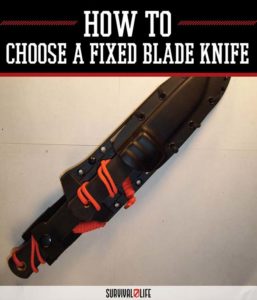


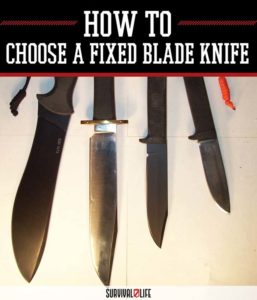
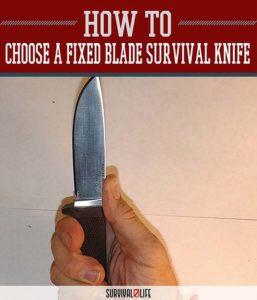
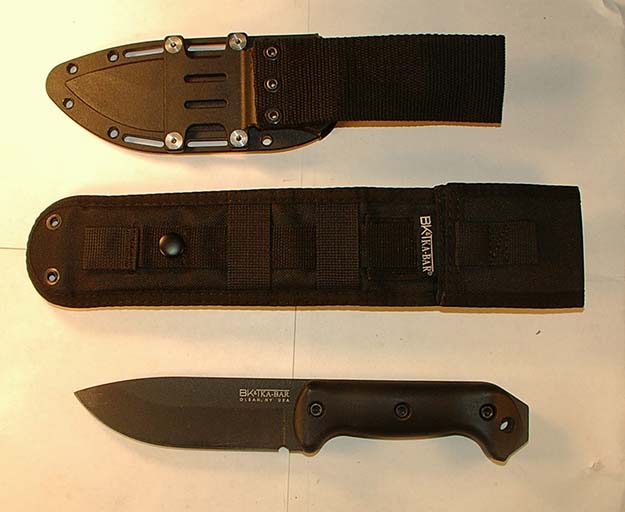
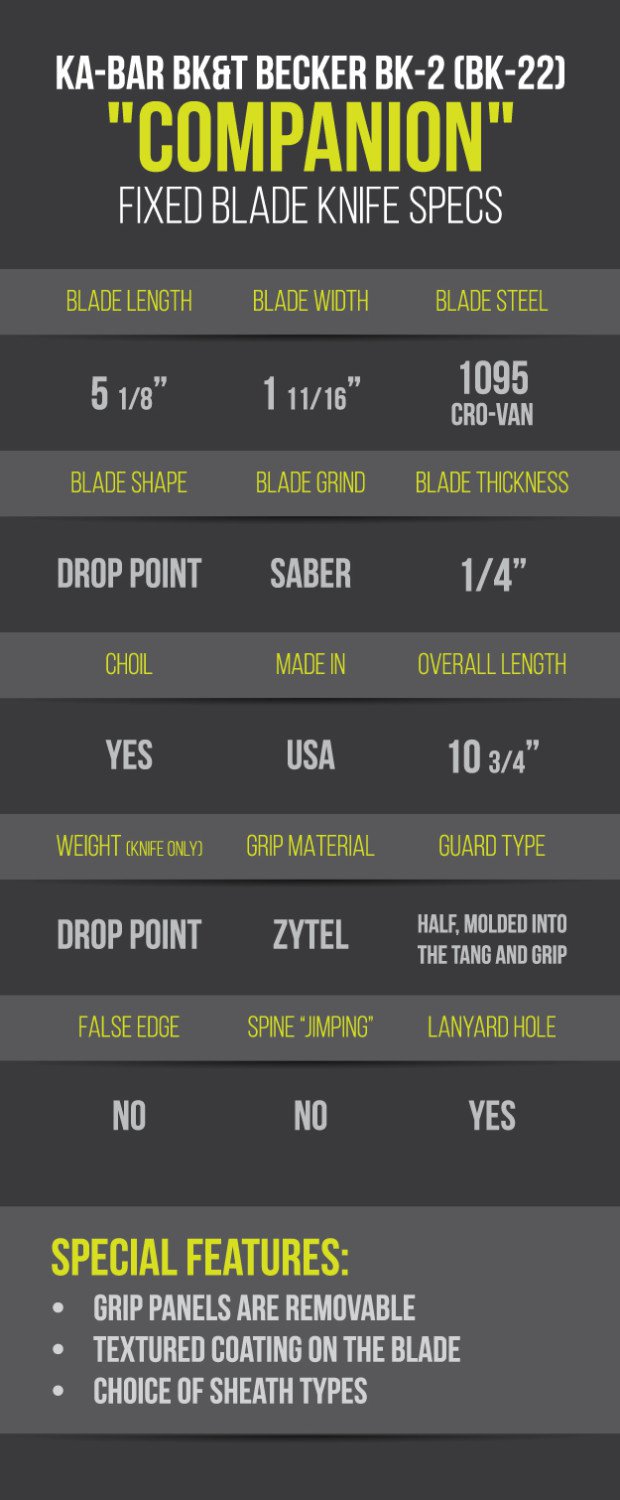
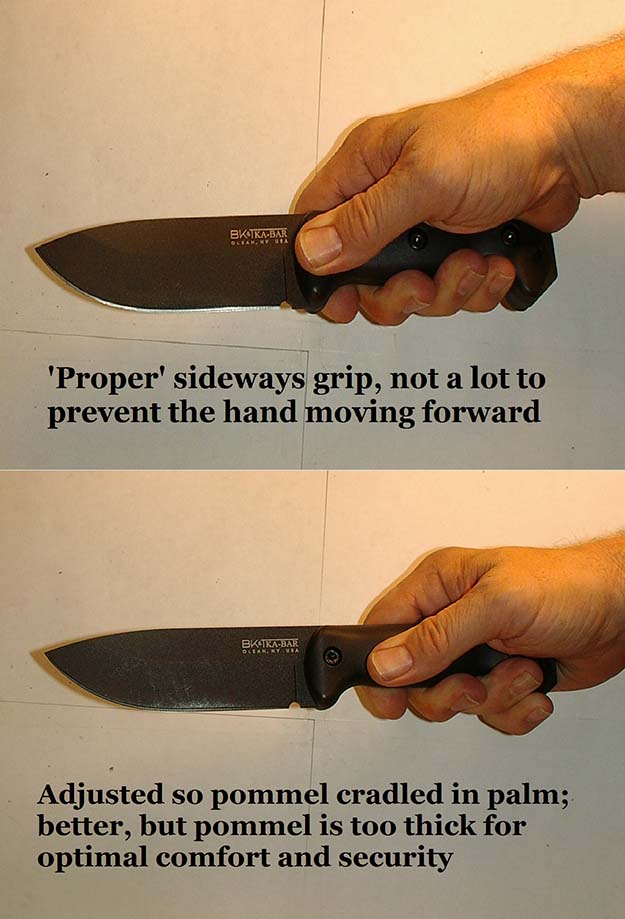

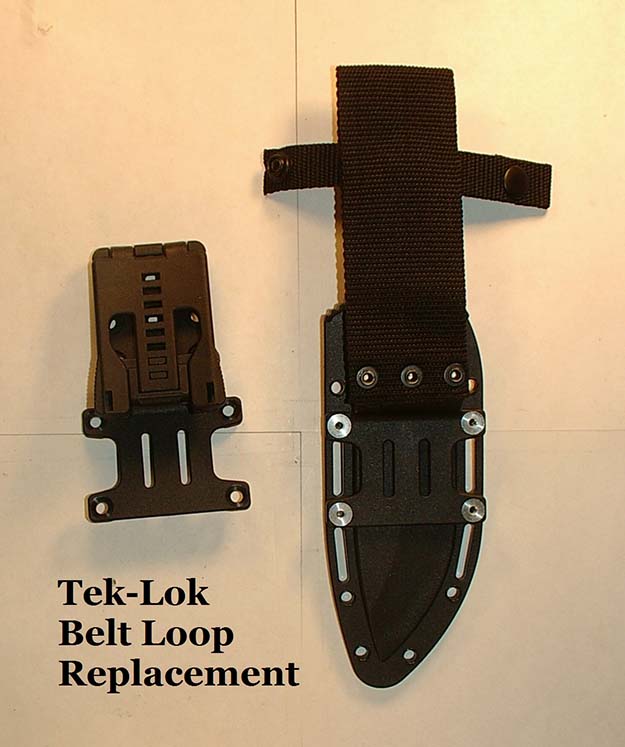
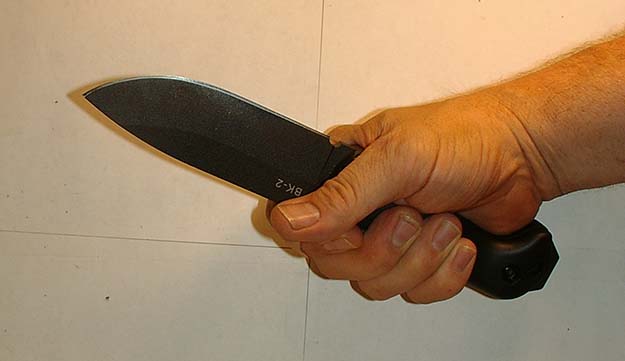

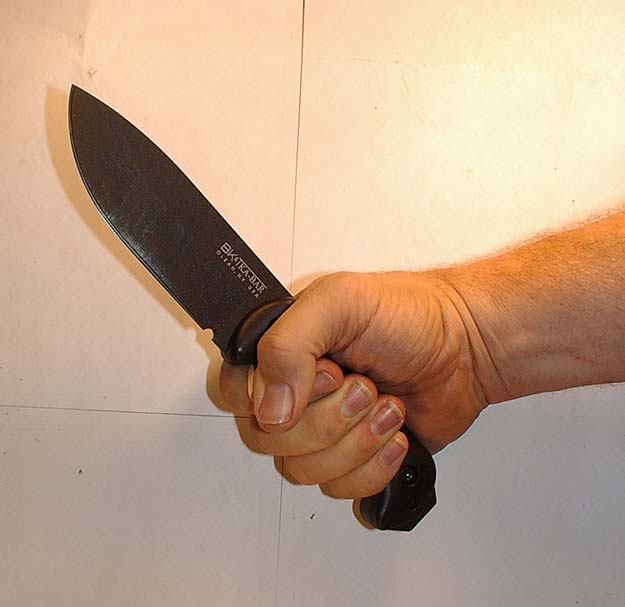
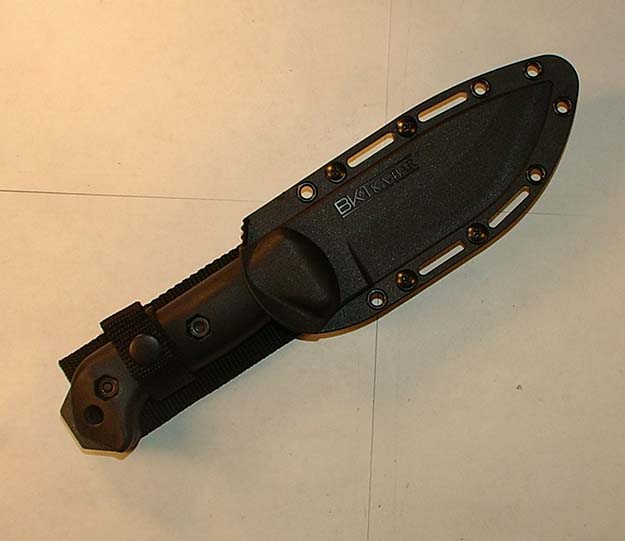
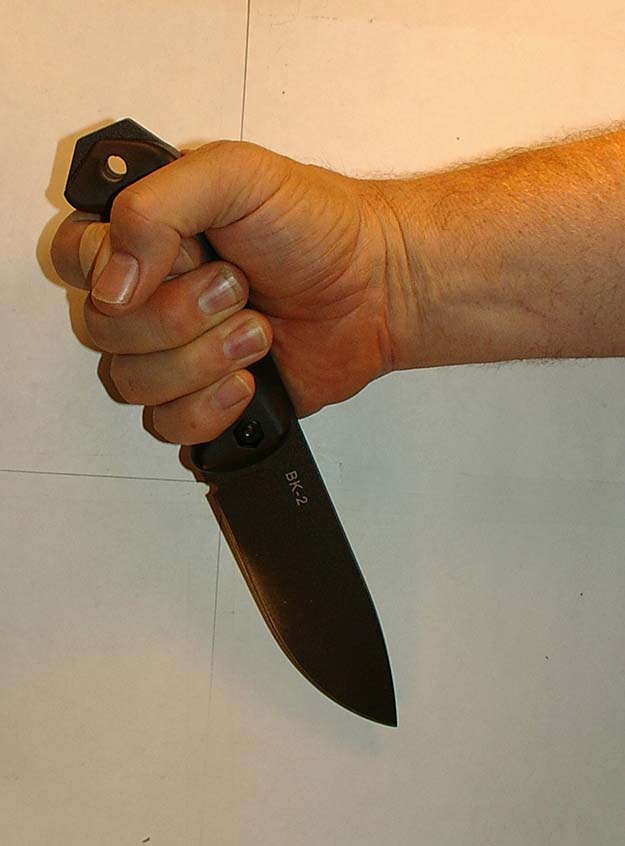
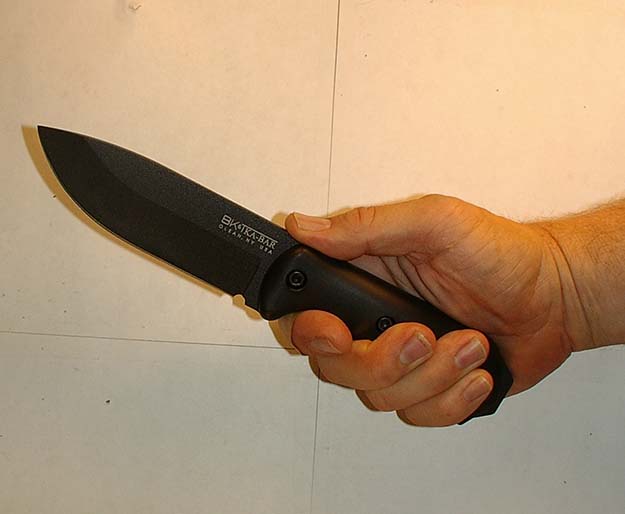
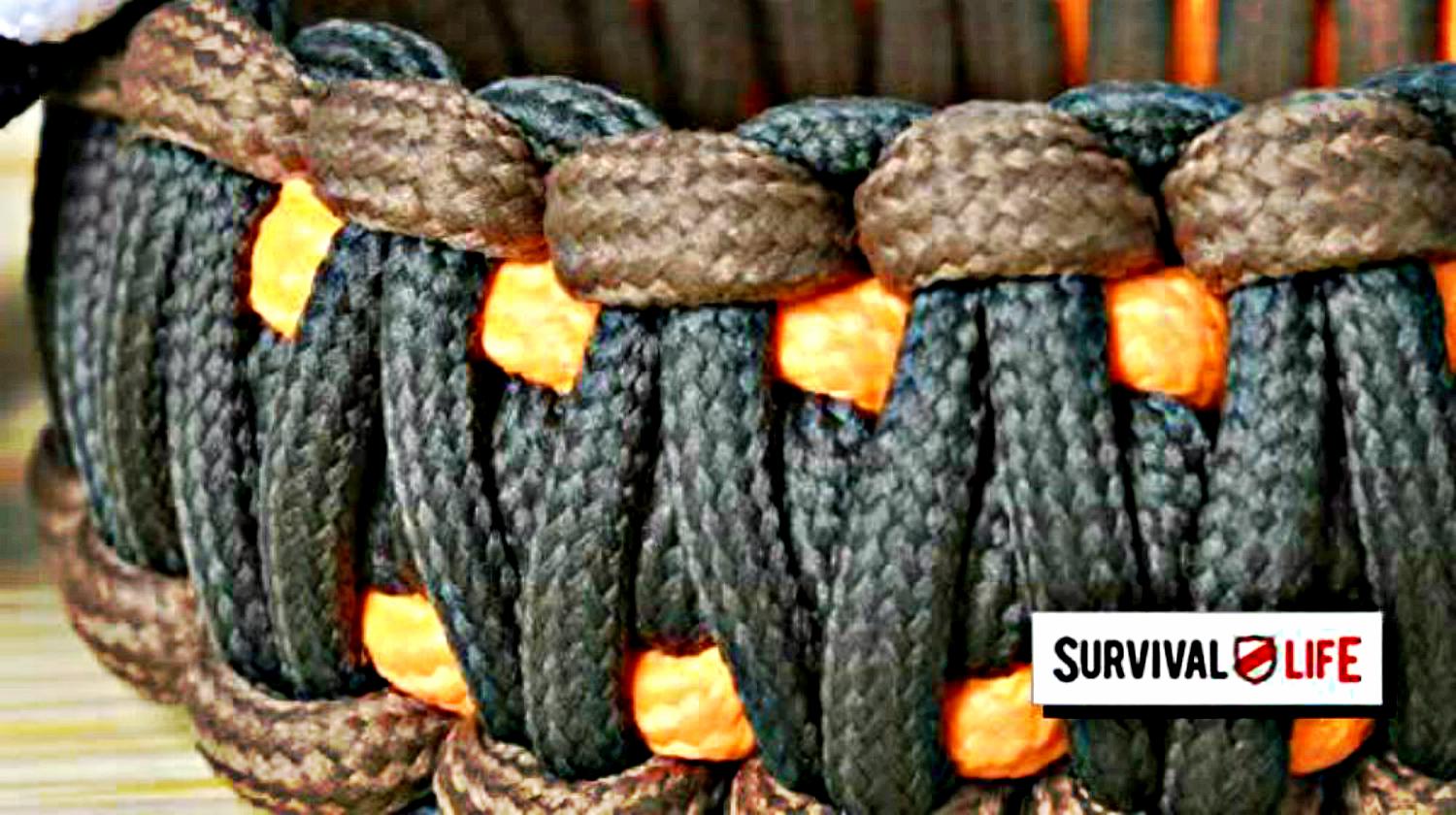


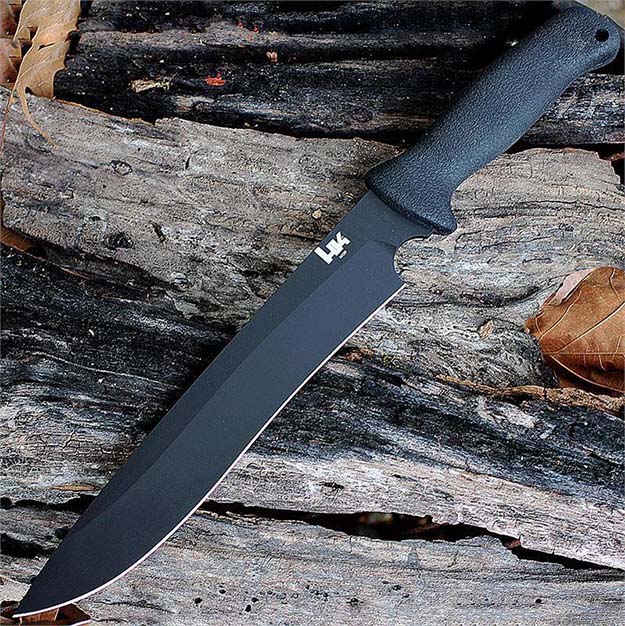
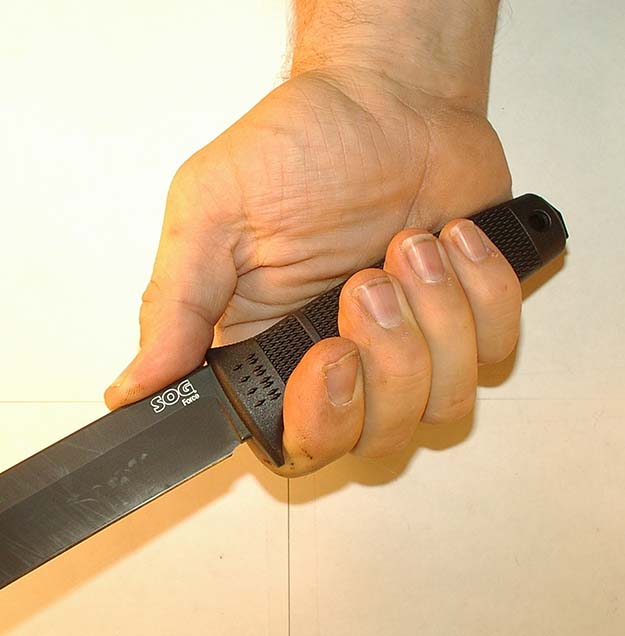
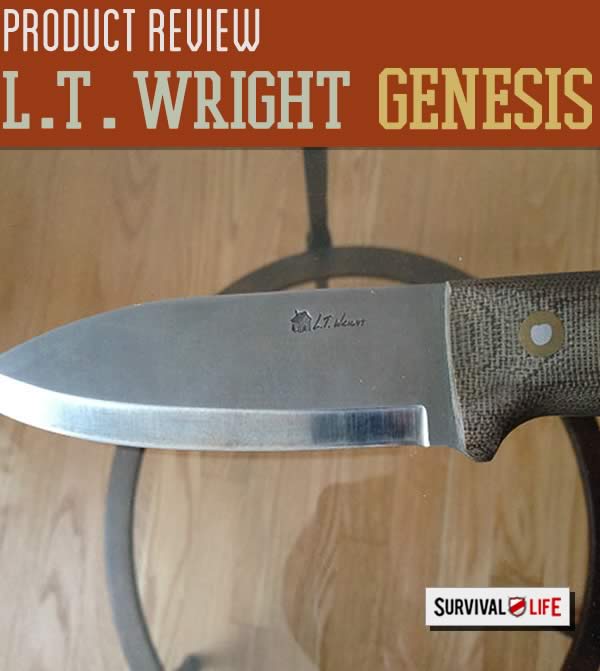


Pingback: Best Survival Knives | Survival Life
J.d. mears
April 11, 2018 at 3:25 PM
Very informative glad to see someone whos willing to wright a full acompanyment about this as well priceing and outher places to purchace the product awsome thanks
Pingback: 23 Best Survival Knife Brands You Can Trust | Survival Life
Pingback: 23 Best Survival Knife Brands You Can Trust - Survive!
Pingback: What You Must Look for in a Survival Knife - Survivalnomics
Pingback: What You Must Look for in a Survival Knife – The Self-Sufficient Life
Pingback: What You Must Look for in a Survival Knife - Cooking in Quarantine
Pingback: What You Must Look for in a Survival Knife – Bulletproof Survivors
Pingback: Que rechercher dans un couteau de survie - Instinct Survie
Pingback: Top 23 Best Survival Knife Brands You Can Trust - WildSurvivalDigest.com
Pingback: 23 Best Survival Knife Brands You Can Trust - Les Recettes Savoureuses